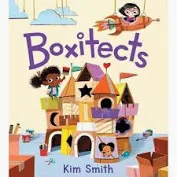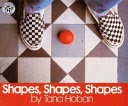Shape Up! It's All About 2D and 3D Shapes!
As a kindergarten teacher, I know teaching young children about shapes is essential to their early education. Understanding the properties of two-dimensional (2D) and three-dimensional (3D) shapes lays the foundation for more advanced math concepts later on.
Pattern Block Work
First, let's talk about 2D shapes. These are flat shapes that have only two dimensions: length and width. Some examples of 2D shapes you can introduce to your kindergarten students include circles, squares, triangles, rectangles, and rhombuses. You can ask your students to identify these shapes in their environment, such as in books, buildings, and objects around them. The Kinder Bunnies had fun finding these shapes around our classroom.
We discovered that our classroom has many cylinders compared to other shapes.
By: Charles Ghinga and Illustrated by AG Jatkowska
What shapes can you find in your lunch today?
One of our projects with a box!
Moving on to 3D shapes, these have three dimensions: length, width, and depth. These shapes have volume and take up space. Some examples of 3D shapes you can teach your kindergarten students include spheres, cubes, pyramids, cones, and cylinders. You can use everyday objects like balls, blocks, and cans to help your students understand these shapes better. After reading Boxitects, we built 3D zoo homes for our tigers.
A box fire truck.
The Kinder Bunnies loved using games, puzzles, and hands-on activities to make learning about shapes engaging. You can also encourage your students to create shapes using play dough or sticks.
We ended our shape unit with a "shape dance." Give it a try.



















